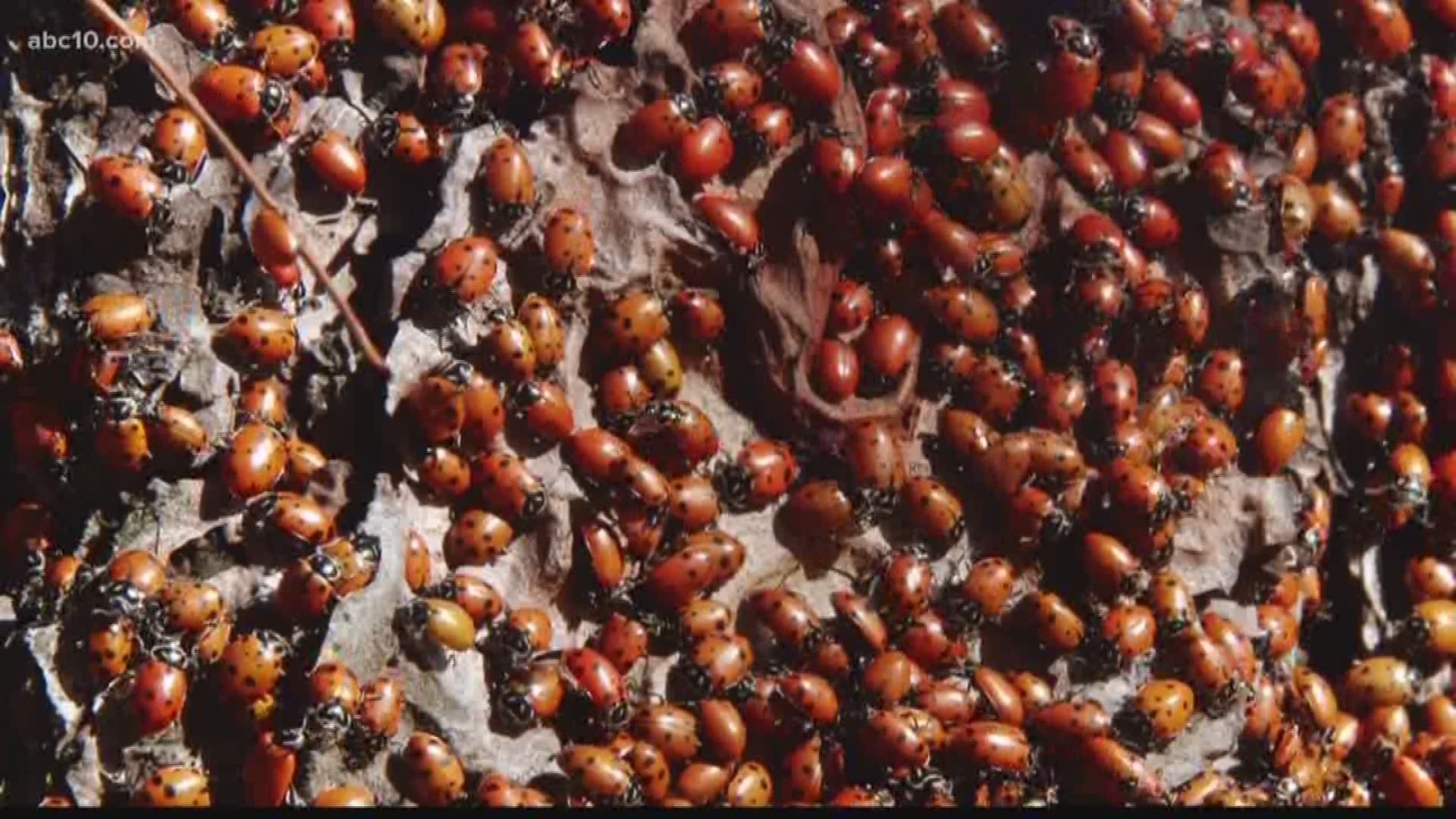CALIFORNIA, USA — A population boom for cockroaches is reaching its crest in California and, depending on the kind you’re seeing, there may not be too much you can do to get rid of them.
“You go out [in] Downtown Sacramento or Downtown Davis… on a nice warm summer night, and they are everywhere. You don’t see them during the day much, a few maybe. If you see a few during the day, it means your surroundings probably have hundreds,” said Lynn Kimsey, professor of entomology at UC Davis.
The problem trio has been the Turkestan cockroach, Oriental cockroach, and the American cockroach. In the Homeshield Pest Control's service area, a representative said there has been an increase in calls for about a year. They've found these bugs in areas like Folsom, West Sacramento, and Vacaville.
“This is just what we see with exotic species like this... you’ll get these huge pulses a few years after they’ve gotten introduced,” Kimsey added. “Their populations will get really enormous and then they’ll die down again, but I think we’re getting to sort of the crest of the wave right now.”
Why are there more roaches?
Of the trio, the Turkestan roach is considered to be the problem child experiencing the big increase in numbers.
One reason the Turkestan cockroaches have increased is because of wet weather, said Chris Reardon, executive vice president of the Pest Control Operators of California, in an email to ABC10. He said Turkestan cockroaches live in damp cool spots like in the cracks of concrete and under leaf litter.
Reardon and Kimsey both said Turkestan cockroaches are displacing Oriental roaches throughout the valley.
“[The Turkestan roach has] been sold in the pet trade as reptile food and things like that, and people were very careless with how they handled roaches as they’re feeding the things,” added Kimsey. “It has just taken off here in the state.”
Turkestan cockroaches are popping up a bit more because of the food left behind for them in urban and suburban areas. Weather is also a factor.
“I think the wet spring made it bad, so there’s a lot of moisture available still. But more significantly, we haven't had very hard freezes during the winter, so you get a lot of survival,“ Kimsey said.
A roach needs to survive the winter before it gets warm enough for them to start breeding. This year the Turkestan roach benefited from wet weather, a lack of hard freezes, and its ability to breed and mature quickly.
While the Turkestan roach is a relatively new addition to the area, other species like the American cockroach have been around since the slave trade. It actually came to this country by sneaking onto boats as they came over, according to Kimsey. The Oriental roach’s origins, on the other hand, are a bit of mystery; not much is known about where it came from.
Getting rid of cockroaches
Depending on the roach you see, there may not be a whole lot you can do to get rid of it. But it's still a good idea to identify the type of cockroach you're seeing.
“In homes, most of what I’m hearing [about] and seeing are these two outdoor roaches [the Turkestan and Oriental roaches], and you can spray all you want but it’s like trying to stop the tide with a broom,” Kimsey said.
Even if you see one indoors, it might not be a cause for concern. Kimsey said these are typically outdoor roaches, and, if you bump into one indoors, it’s likely because it just blundered its way inside. There’s not necessarily a need to spray your house.
It’s the American cockroach and other smaller species that would be more problematic since they pose a contamination issue.
“The reason why we get concerned about American cockroaches and the two small ones – the Brown-banded and the German cockroach – is because in food preparation areas… they will move back and forth between the kitchen and the bathrooms,” Kimsey said.
Some best practices would be to just pick up food sources outdoors like fallen fruit, keep the garbage cans clean, and don’t leave the pet food out.
“Aside from that, there isn’t really much you can do," Kimsey added. "Everybody around you is doing things that are good for the roaches.”
She considers the population increase as the crest of the current wave.
“I think this too shall pass and things will settle out so that the populations aren’t as magnificently huge as we’re seeing now. But it’s a changing world, who knows what the next thing will be,” Kimsey said.

